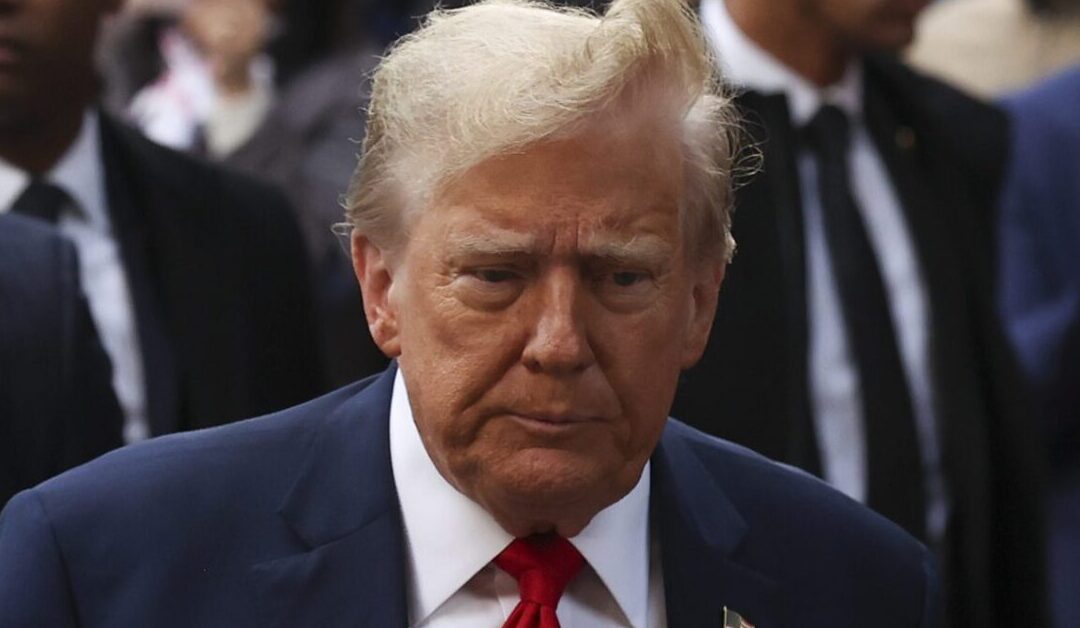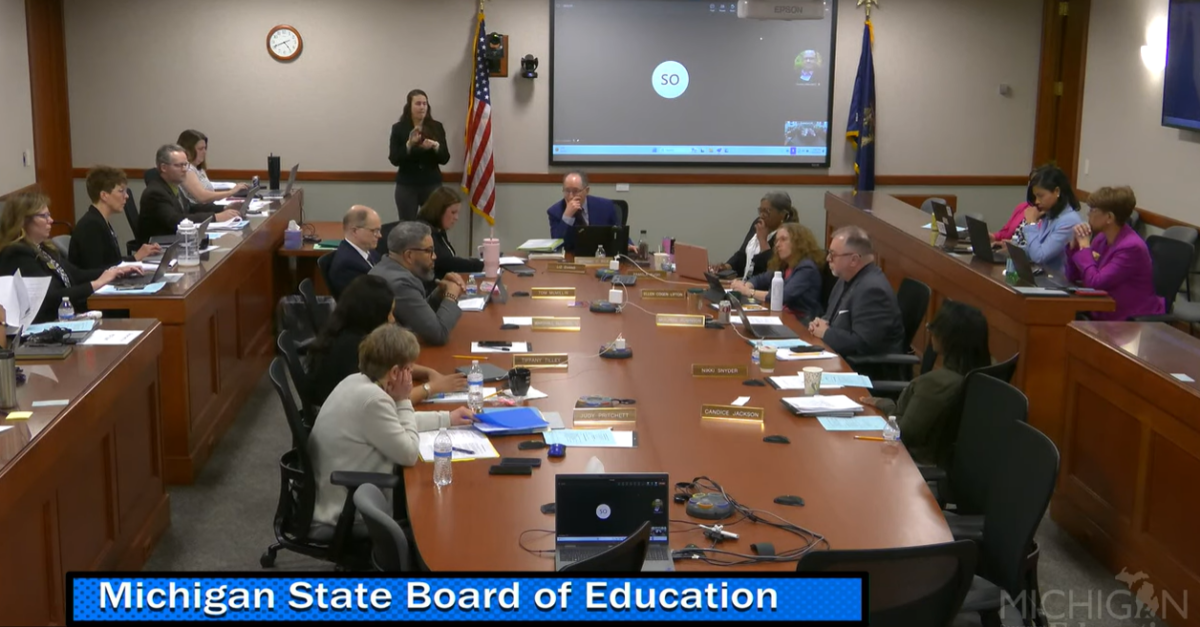
Image via Shutterstock
The American economy is growing, and to meet the demand for jobs, it’s more important than ever that we educate and train our future workforce. That creates a major opportunity in education, offering students a chance to get excited about school with hands-on, experiential learning that teaches them the basics and helps them learn practical skills, preparing them for high-skilled, well-paying jobs.
As leaders representing educators and professional and technical engineers around the country, we’re working together to connect our students, our teachers, and the jobs of tomorrow.
Thankfully, the Biden administration has made a once-in-a-generation investment in transportation, energy, communications, and climate renewal, with legislation that makes all of this work and training more possible in ways that directly impact people’s everyday lives for the better. They’ve created construction and manufacturing jobs, energy jobs, and healthcare jobs.
Before the first shovel hits the ground on any major construction project, however, well-trained, highly-educated STEM professionals need to engineer, plan, schedule and track every step of the process. But today, we simply have not made the investments to provide the workforce by helping students find work in these in-demand occupations.
That’s a problem we can fix, by starting at the school level to remove three key barriers to entry for those seeking a career in the STEM sector: policy, price, and perception.
Policy changes over the past 50 years have essentially ceded broad swaths of our engineering and technological talent to the rest of the world. Employers, seeking the lowest-cost and most exploitable labor possible, would rather hire temporary foreign workers than train people who are already here and looking for a job. Over the years, members of Congress have supported this by expanding the availability of work visas. If we want our economy to live up to its potential, we must reverse this decades-long STEM surrender. The way to fix this failed policy is obvious; our elected leaders just need to find the will.
Price, too, presents another very real barrier to entry. High school students considering a STEM career believe they need a minimum of a four-year degree to pursue that goal. In addition, training and certification on specific proprietary software platforms used in the industry can cost thousands of dollars. This can and should change in part by rethinking public high school and how we campaign for real solutions.
First, we must identify which STEM careers can be accessed by creating new pathways starting in high school, as opposed to later, and design pathway and readiness programs for those occupations and jobs.
Second, we must connect those training opportunities with prospective workers using investments in workforce development. Many of those investments are part of the Biden administration and Democrats in Congress’s legislative achievements. Harnessing those funds, and applying the building trades’ “learn while you learn” model, we are well prepared to help train students early on, making STEM careers affordable on a scale never considered possible in the United States.
At the Brooklyn STEAM school, students attend classes in New York’s Brooklyn Navy Yard, a complex of more than 500 businesses from high tech to the creative arts. Classrooms are often the workspaces students could eventually occupy upon graduation, and the proximity to actual businesses allows the school’s programming to grow and respond to changes in those sectors. Brooklyn STEAM partners with postsecondary schools to allow students to earn up to 25 college credits—mostly in STEM fields, but multiple industry credentials are also available. Students, who come from eight different high schools, work paid jobs throughout their time at Brooklyn STEAM.
Perception presents the final, and in many ways most entrenched, barrier. Too many students and other prospective workers, including many seeking re-entry into the workforce, think they don’t have the ability or even the right to a STEM career. These workers have been led to believe that their contribution to our economy is limited by their race, culture, sex, country of origin, neighborhood, or some other factor.
In fact, in many cases, the best person to explain to someone why they can aspire to a science career tomorrow is the same person who is teaching them a science class today. Many programs bring STEM teaching into high schools, but we also need to bring more high school teachers into STEM training centers. By letting our teachers lay hands on the tools, learn the coursework, and talk with the career instructors who may help their students with the next step of their education, they can connect perception to possibility.
Not so long ago, conventional wisdom held that women could not reach the highest levels of leadership within the labor movement. From where we, two female union leaders, stand today, building the bridge to STEM isn’t just a possibility, it’s a challenge we are obligated to meet.
READ MORE: Two years in, here’s what Biden’s infrastructure law has done for Michigan
Politics

SEIU workers ahead of NFL Draft: We are ‘the backbone of Detroit’
BY KEN COLEMAN, MICHIGAN ADVANCE MICHIGAN—A day ahead of the National Football League annual draft being held in Detroit, Service Employees...

Investigator says Trump, allies were uncharged co-conspirators in plot to overturn Michigan election
DETROIT—A state investigator testified Wednesday that he considers former President Donald Trump and his White House chief of staff to be uncharged...

Michigan Dems introduce ‘Child Care for All’ legislation to lower costs for families
Lawmakers say Michigan is facing a ‘child care crisis.’ But a series of bills introduced this month would help to make child care (much) more...
Local News

The 10 best burger joints in and around Lansing
Warning: Do not read this list if you missed lunch or you will find yourself hopping in the car to drive to these best burger joints in Lansing. ...

10 unique wedding venues in Michigan to suit every kind of couple
From a distillery in Detroit to a summer camp, we’ve rounded up some of Michigan’s most unique wedding venues. Of all the elements you need to...







